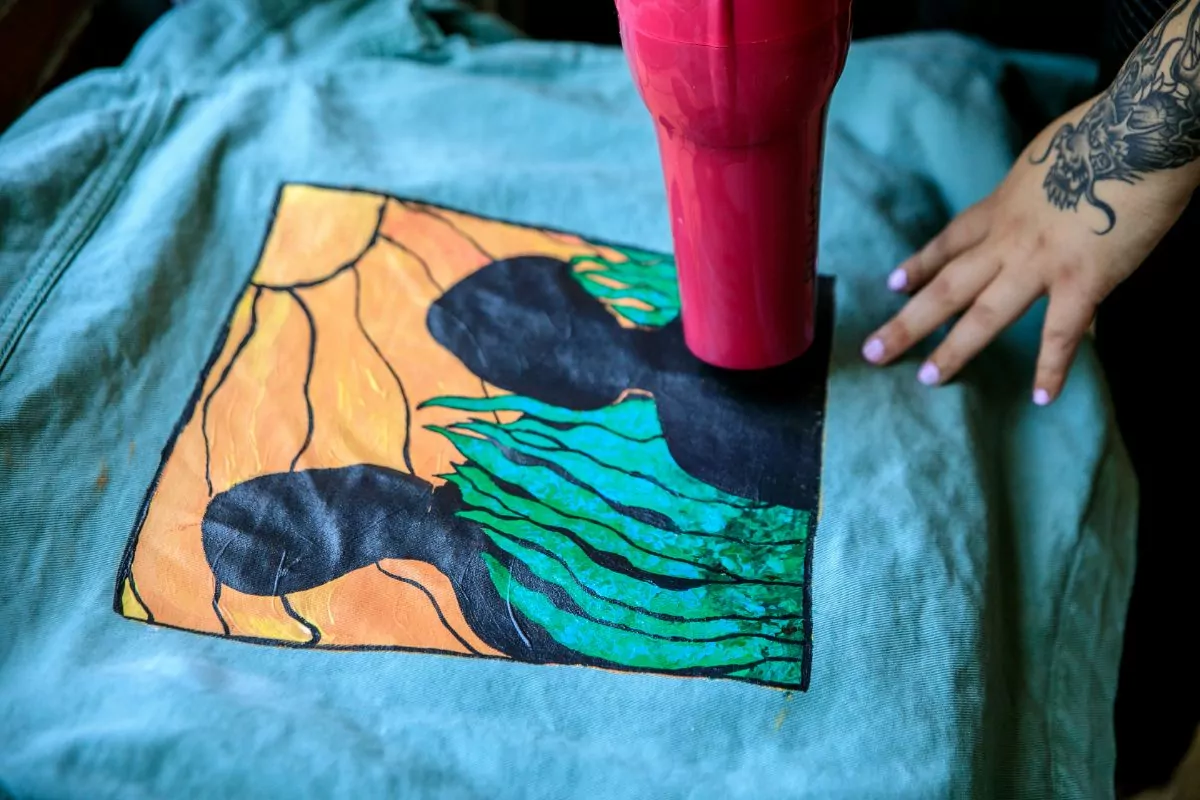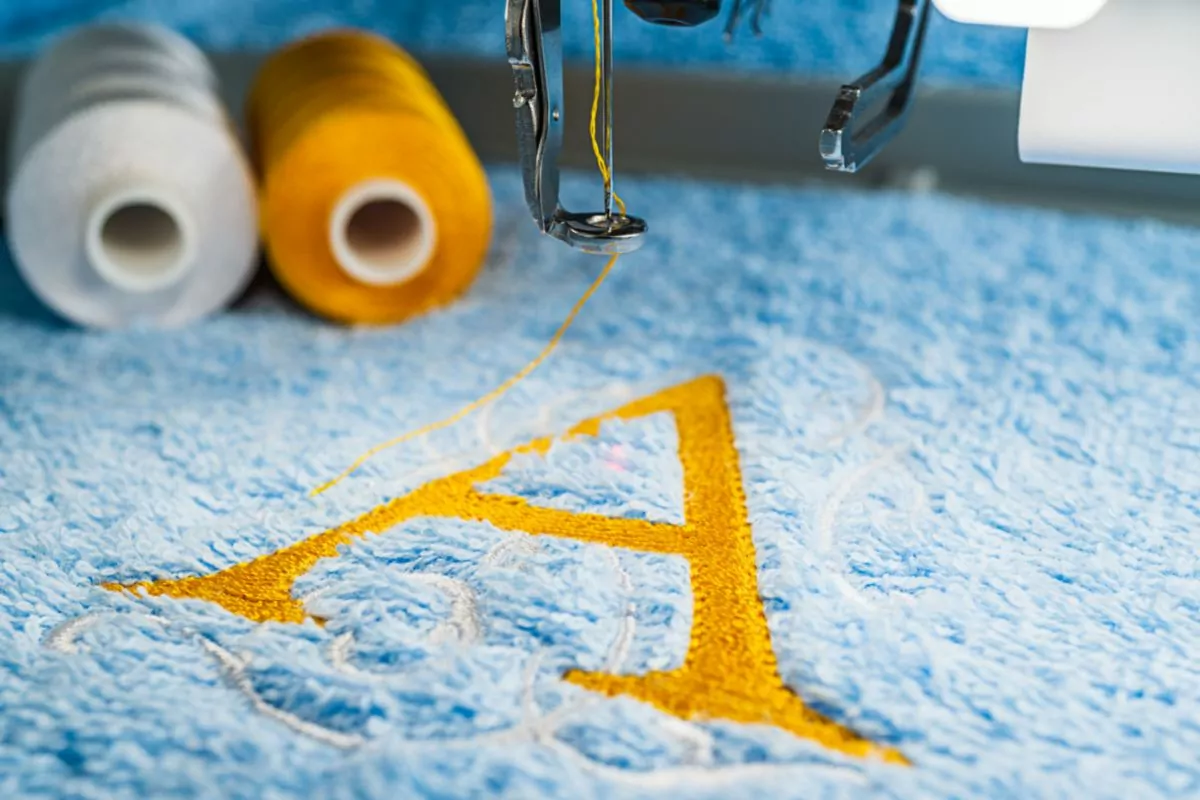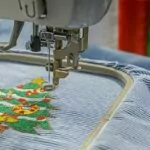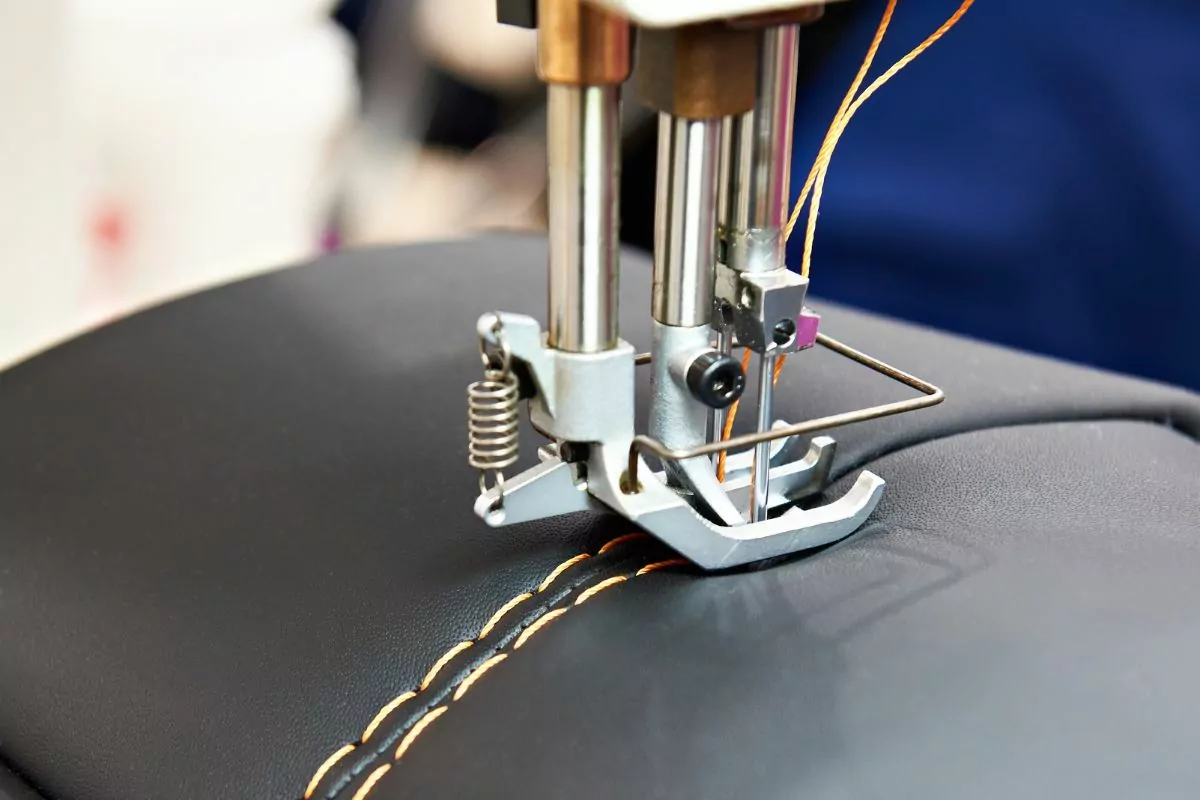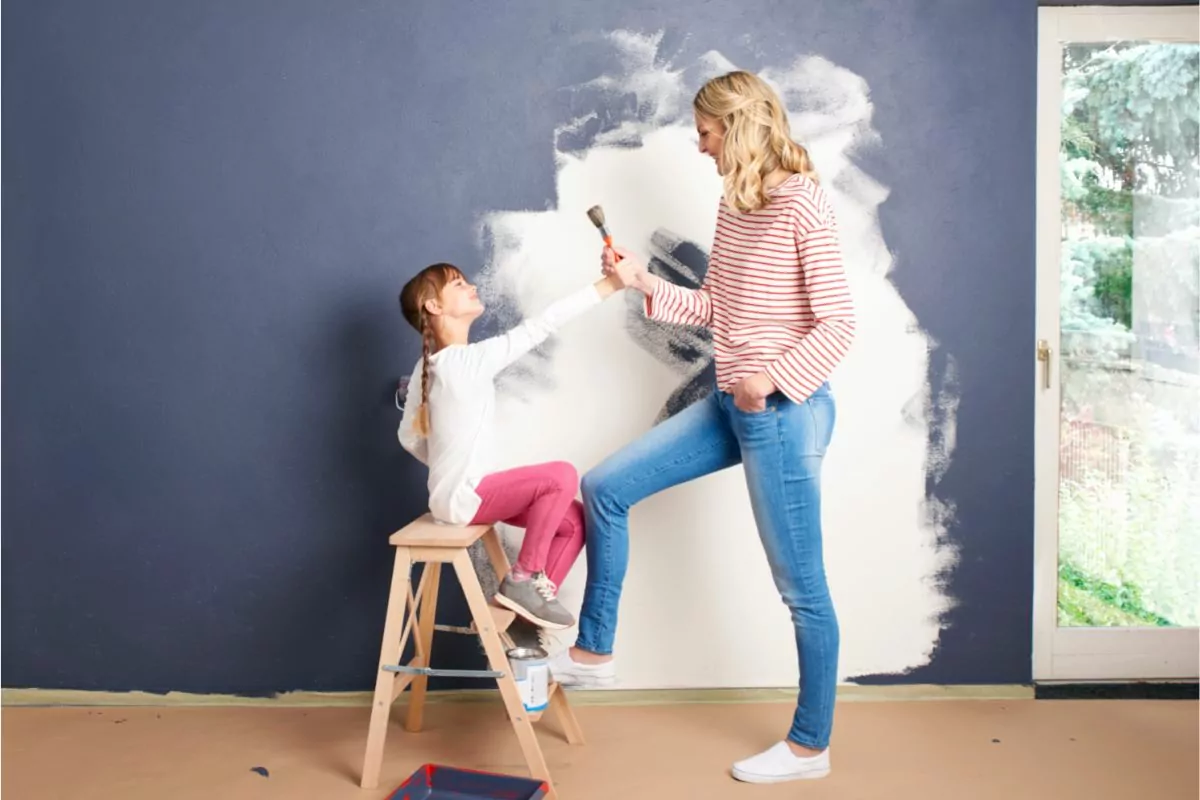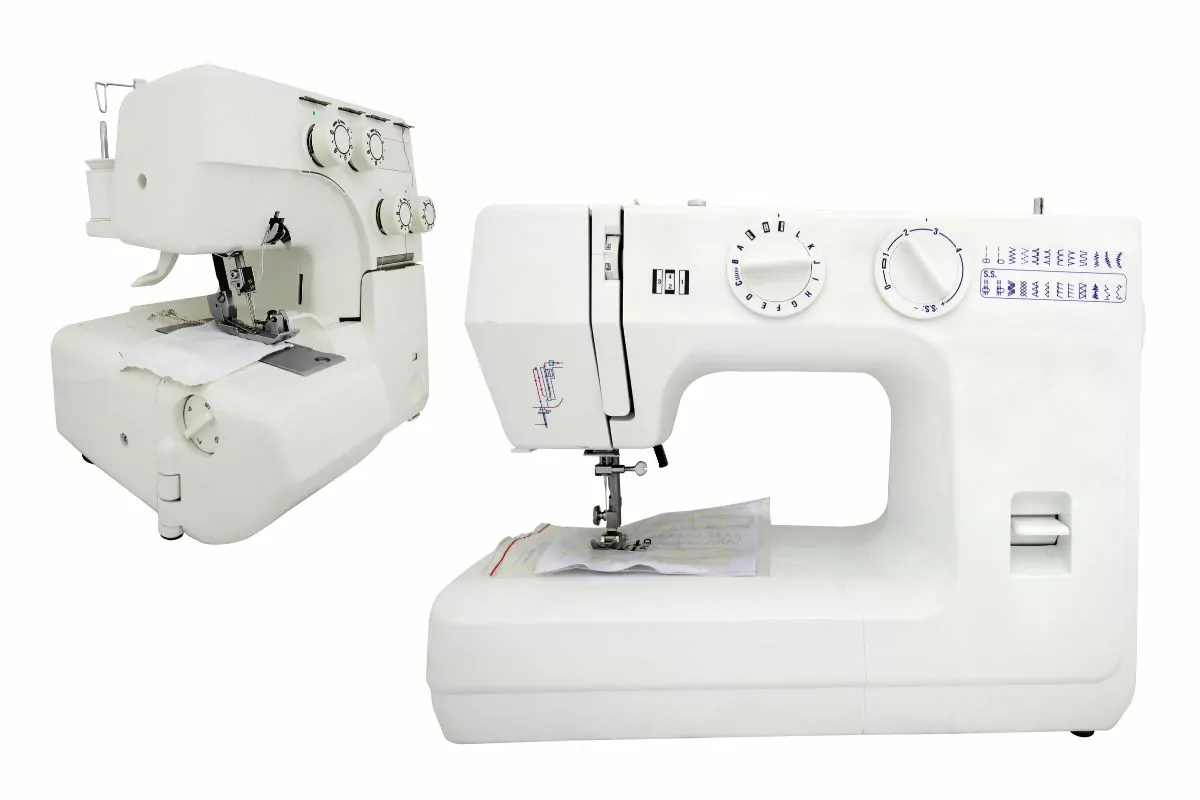If you are new to using spray paint, a common question that people want the answer to is how long it will take for the spray paint to dry.
This is worth knowing since people usually want to return to working on their projects as soon as possible, so they want to know how long they will be waiting for the paint to dry.
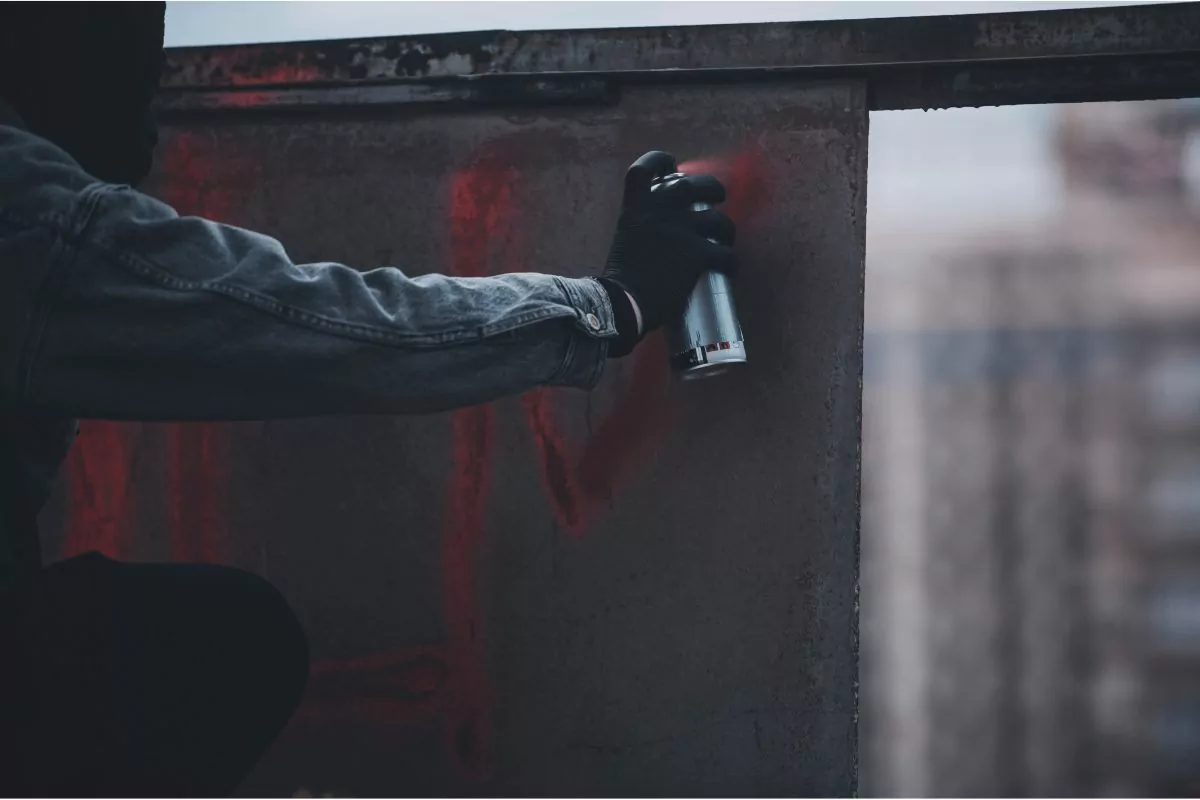
Another common question that is attached to this, being, is there a way you can make your spray paint dry any faster.
Lucky for you, there are actually a couple different ways you can make your spray paint dry faster. For example, if you have coated the surface you are spraying on with a wax based polish, or if you bake the surface in the oven.
Other common methods of speeding up the drying time is to alter your environment to make drying quicker. You can do this by increasing the airflow, or lowering the humidity.
Because of this, there are plenty of different ways you can make working with spray paint as quick as possible!
If you want to know all of the best ways to make working with spray paint quicker, and how you can be as efficient as possible with this medium, this article will explore this for you!
How Long Does It Usually Take Spray Paint To Dry?
Generally speaking, you will usually need to give your spray paint around a few hours to get properly dry. However, if you want to handle the paint or give it another coat a bit before this.
In spite of this, different brands of spray paint take a different amount of time to dry and then fully cure. Some spray paints have a very long drying time, so if you look at reviews before buying them, you should be able to find this out.
Some brands of spray paint will need more than 24 hours to be fully dry and cured. A lot of spray paints now actually have an estimated drying time on their label, so make sure to check this too as it should help you choose a product.
However, the actual drying time can be affected based on a variety of different factors, like the humidity of the environment, the surface that you are spraying on, and the air circulation as well.
Dry Time Vs Cure Time
Part of learning about how spray paint dries is learning what the difference is between the paint’s drying time and the spray paint’s curing time.
The drying time of a spray paint is how long you will need to leave between adding another coat, or just recoating.
However, the curing time is how long it will take for the spray paint to be completely dry and when you can actually start using whatever you have spray painted.
While these are the two main times you should be aware of, there are actually plenty of different stages the paint goes through.
First there is surface dry, this is where the paint’s solvent has fully evaporated, then you move onto touch dry, this is where the paint will no longer stick onto your finger if you touch it.
After this there is then hard dry, this is where, as the name suggests, the top of the paint has turned hard and it will be difficult to remove.
Finally, there is the thorough dry, or the fully cured step where the whole surface will be dry and you can start using the spray painted object.
The reason why the cure time will take longer is because the solvent evaporating will actually be when the product starts to properly dry.
Once the residual solvents leave a film this will then link to the air and give your spray painted surface a hard exterior.
How To Make The Drying Time Faster
There are plenty of different methods you can try out if you want your spray paint to dry even faster, and the ones which are the most simple will revolve around changing the environment.
This will include altering the air circulation, the heat of the space, or the humidity. In spite of this, there are other methods you can try as well, like changing the method of applying the paint.
This section has seven different methods which you can try and should all improve your drying time!
Thin Coats Of Spray Paint
This is the method which you can of course not really try once you have already spray painted, but if you have not done it yet, this is one of the top methods to try out.
If you keep in mind that doing thinner coats will give you a much quicker drying time, this can save you a lot of effort.
The opposite of this is also true, if you are using thick coats, the paint will take a lot longer to dry and once it is dry it is still likely to feel tacky.
The best way to get a thin coat when spray painting is to keep moving your whole hand and not just your wrists when you are applying the spray paint.
This will mean that you are not going to be overlapping yourself too often and the coats will end up a lot lighter.
If you can find one, you can also try using a solvent or a paint thinner to change the thickness of your paint. Also using a fast drying spray paint will also mean you do not have to worry about this as much!
Lowering The Humidity
One way you can drastically alter the drying time of your spray paint is to lower the humidity of the space where your spray paint is.
Of course this is not as easy if you are spray painting outdoors for example, but if it is indoors this is a good option.
If the humidity levels are too high this can actually damage your paint job and ruin it. It could make the paint drip or lead it to have dust contamination.
The best humidity levels to go for are between 40 to 70%. If you can, you will want to avoid spray painting on an extra humid day.
And, if you live in a particularly humid environment, if you want to get the best results from spray painting, we suggest investing in a dehumidifier.
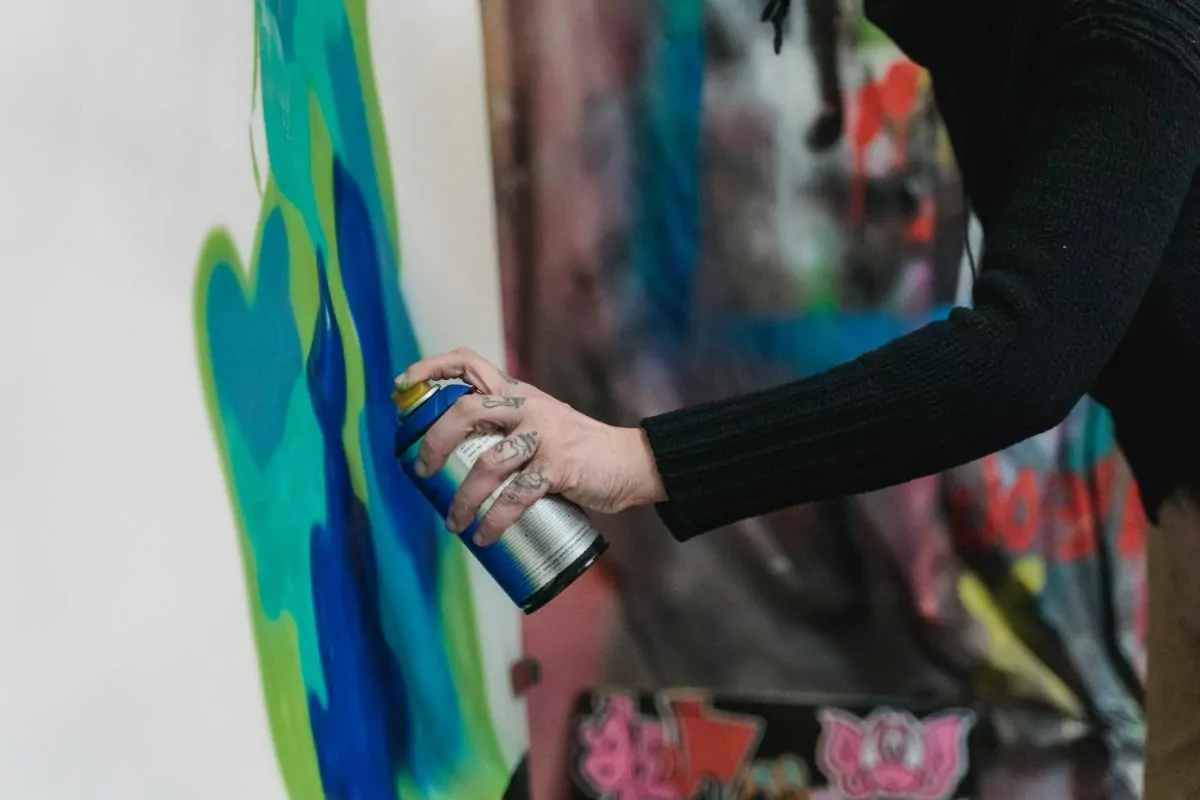
However, you can also just open doors or windows to help with humidity control, unless of course, it is more humid outdoors.
Increasing The Air Circulation
You will often find this being recommended when you are spray painting, but having good ventilation is an incredibly important step and something you will need to keep in mind. A lot of different spray paints have VOCs, also known as volatile organic compounds.
These VOCs will be dangerous if you are inhaling them too much. This is why you want to have a lot of airflow so these VOCs are not staying in the same place.
Having the extra ventilation is also a good idea since it will make the spray paint dry faster too. If you can not create much natural airflow, we recommend using a fan to improve the airflow.
The fan helps get rid of the VOCs as well as improving the drying time. However, make sure to avoid using a fan if you are in a dirty room, this is because the fan is likely to pick up debris and dirt which could end up getting stuck to your paint.
This is also why you want to avoid the fan running too close to the spray paint either since it could smear or move the paint.
Start Using A Heater Close To The Spray Paint
Another helpful way to improve the dry time for your spray paint is to use a space heater nearby. The heat can help, but the heater will also improve the airflow and the combination of the two will cut down your drying time noticeably.
Of course, you will also likely want to be using a heater anyway, especially if you are working on a chilly day, and a heater will also aid with lowering the humidity levels as well.
The most common method is to run the heater by where you are working as this will help the drying time. If the heater is near the surface of the paint, this is where it will be most effective.
Or you could just increase the heat on your central heating. Some people even use hairdryers, however, you will need to be careful you are not moving the paint around.
Spray Paint On A Sunny Day
An easy natural way to make your spray paint dry quicker is to let nature help you. If you are spray painting on a sunny day, then we recommend taking advantage of this and spray painting outdoors. Spray painting indoors on a sunny day is not a great idea anyway.
However, you will want to make sure that you start spray painting at the start of the day, so the spray paint will have the whole day to dry.
Of course, you want to ensure that the weather will stay sunny and dry, so if there is a chance of rain or a higher humidity, this may not be the best option for improving your drying time.
Add A Furniture Polish To Your Spray Paint
One trick that is actually quite well-known that can improve your drying time is to use a wax based furniture polish to quicken the drying process.
It can sometimes be a little difficult to find one of these polishes, however, they can actually make your spray paint dry almost instantly, so, if you are spray painting often, this can be a great option. These polishes essentially work like a simple matte sealant.
So, if you find a spray on wax polish designed for furniture, this will work amazingly. All you have to do is use your spray paint like you usually would.
Then, once this is done, you coat the spray paint with the furniture polish. Hold it a few inches away and spray the whole surface. You may need to do a couple thin layers and let it dry for a few minutes between layers.
Try to avoid adding too much polish as it could start to come off. Some objects will not need more than a single layer, while others might need 2 or 3, for example wood tends to need more.
Cure The Spray Paint In A Toaster Oven
If you are spray painting a smaller time, then you can actually cure your spray paint in a toaster oven. Once your spray paint is touch dry, you can bake it at around 250 degrees Fahrenheit for about 2 hours.
This is a good choice for enamel paint, however, other types of paint could bubble or even crack at higher temperatures, so make sure to research to see if the specific type of paint you are using is safe to bake at these temperatures.
You will only want to use a standard traditional oven for this since when the paint dries it will release VOCs which could end up sticking to the oven. These chemicals will get released back onto the food and can end up making the food dangerous to ingest.
Does Spray Paint Dry Differently On Different Materials?
Something which is well worth considering when working with spray paint is how the material you are spray painting onto will impact the amount of time it takes for the spray paint to dry.
An example of this is that a porous surface will usually need longer to dry. Sometimes the difference in time between surfaces is not that noticeable, but it is still worth considering.
Firstly, wood is quite a porous surface, because of this it will tend to need multiple coats of spray paint and this leads to it having quite a high dry time.
You will need to give a wooden surface at least an extra hour or two of drying time. If you are using a water based spray paint this will dry a little quicker than an oil based one will.
If you need to spray paint wood, try doing it on a sunny day when the temperature is between 65 and 85 Fahrenheit.
Metal on the other hand is a much faster drying surface and if you spray paint on it on a sunny day, it could dry in less than 10 minutes. If you use a space heater on a cooler day, this can help speed it up too!
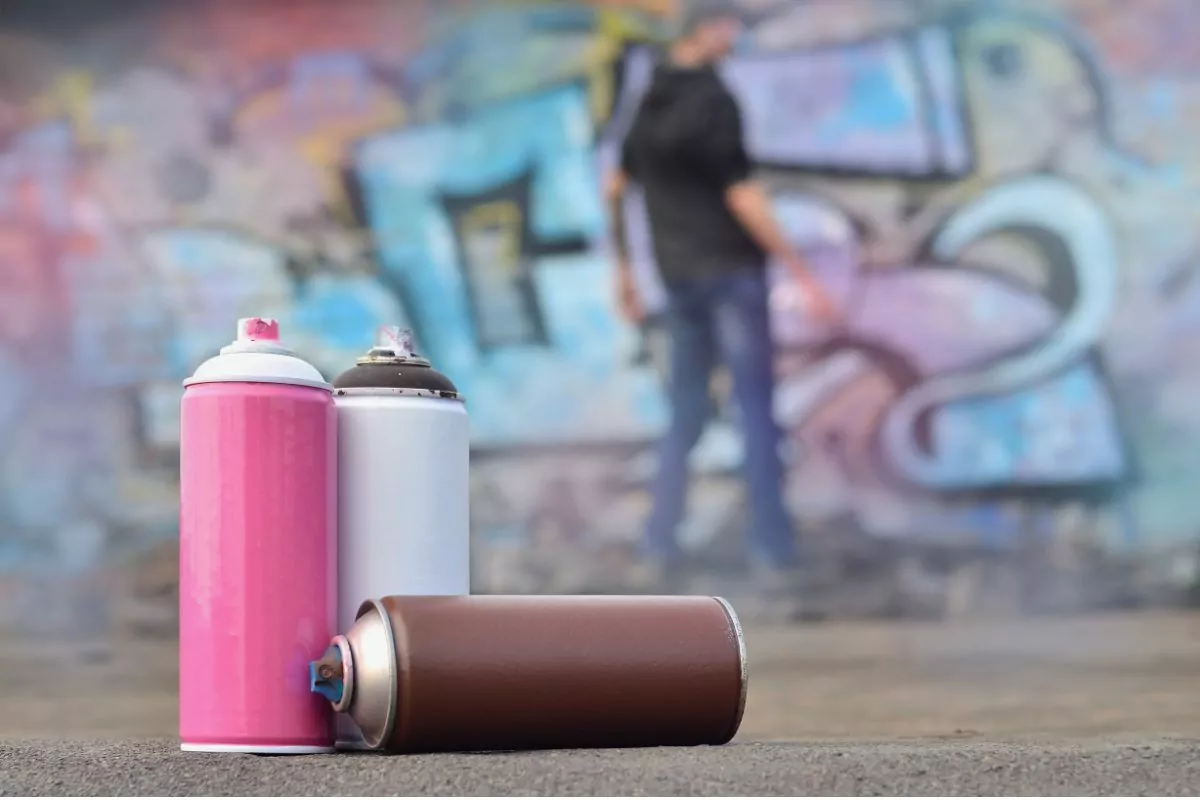
Cardboard, similar to other porous surfaces like paper, will end up warping if you put too much paint on it at once. Because of this you need to be careful with how much paint you are using as this can end up making it take a long time to dry.
When spray painting cardboard we heavily recommend having good ventilation or using a fan as well. This is also a good material for trying to use a wax based furniture polish on as well.
This sealant will make working with cardboard a lot easier. Finally, there are some more abstract materials for spray painting like glass or rubber.
For glass since the surface is so smooth, the paint will tend to drip, so use thin layers and give it extra time to dry with heat and airflow.
And, for rubber, this can also need more time since it is porous, so give yourself at least 24 hours between coats.
Will Spray Paint Dry Better In The Hot Or Cold?
One of the most important things to know when it comes to working with spray paint is how you can get it to work with different temperatures, whether you are indoors or outdoors.
You can already improve the drying time with spray paint if you set the thermostat to a certain temperature, and can work on increasing the air circulation.
If you want your paint to be drying properly, you will need to paint to stay over 50 degrees to get it to work.
This is because if the paint ends up freezing this can ruin the drying process and will end up damaging what you are working on, and if it is too cold, the paint will not bond and stay sticky.
This is why you want to stick to a hotter temperature when you are working with spray paint as this will help the paint dry faster.
However, you also want to avoid excess heat too, this will make the spray paint dry too quickly and this can make it crack.
If your spray paint starts to crack you will need to get rid of the top layer of the paint and then work on it again when it is a little cooler. The spray paint should say on the label what the ideal temperature for working with the paint is, so make sure you are paying attention to this.
Can Using A Heat Gun Help Paint Dry?
If you are a DIY enthusiast with all the best tools, a heat gun can be a good tool to use. It is often used for actually stripping paint, however, if you lower the temperature, it can work well to help your spray paint dry.
You will however, need to follow safety procedures as you do not want to accidentally start a fire.
When using the heat gun start with a lower setting, as if you put it on a setting that is too high it will boil and peel the paint and this will lead to it just getting stripped instead of drying. Make sure you are spreading the heat evenly when using.
Will You Need To Let Spray Paint Dry Before Adding Another Coat?
When spray painting you do not actually need to let the first coat completely dry before you add another layer. So, you do not have to waste time letting all of the paint cure when doing this.
The best time to add another layer of paint onto your project is when it is touch dry, this is when you can add another layer. If the paint is not dry enough before adding another layer, you can end up damaging it by adding another layer too quickly.
Summary
Hopefully this guide has given you all the information you need to get the best results when you are working with spray paint.
It is important when working with spray paint to ensure that you are prioritizing your safety with your working conditions.
It can be tempting to prioritize the drying time, however, if this means creating conditions where the VOCs are getting trapped, this is something you want to prioritize avoiding.
Luckily, since creating an extra airflow usually improves drying time, this should not be too difficult.
If the drying time is consistently bothering you when you are spray painting, we recommend you investigate your method of spray painting, the surfaces which you are spray painting on, and the type of spray paint that you are using.
Research what type of spray paint works best with the surface that you are working with, and look out for spray paints that advertise that they have a quick drying time. If this still does not work, we recommend looking for a wax based furniture polish!
- How To Sew Fabrics Together - June 5, 2023
- How Many Stitches Per Inch? - June 5, 2023
- How Long Does It Take To Sew A Dress? - June 5, 2023


